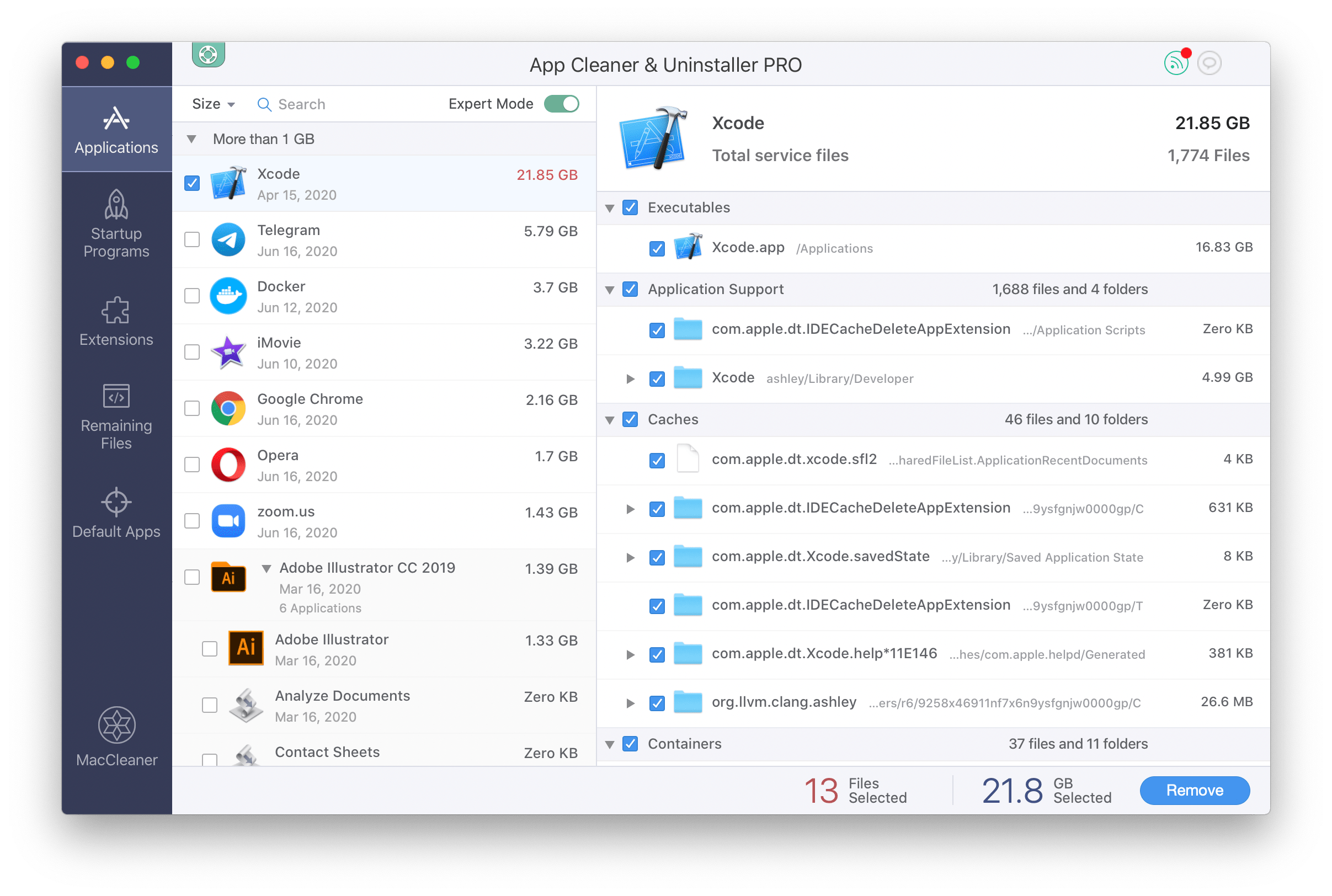

- APPLE XCODE SYSTEM REQUIREMENTS HOW TO
- APPLE XCODE SYSTEM REQUIREMENTS SOFTWARE
- APPLE XCODE SYSTEM REQUIREMENTS CODE
APPLE XCODE SYSTEM REQUIREMENTS SOFTWARE
The documentation provided herein is licensed under the terms of the GNU Free Documentation License version 1.3 as published by the Free Software Foundation. Qt's vibrant and active community site, houses a wiki, a forum, and additional learning guides and presentations.ĭocumentation contributions included herein are the copyrights of Qt Reference Pages - a listing of C++ and QML APIs.
APPLE XCODE SYSTEM REQUIREMENTS CODE
Examples and Tutorials - code samples and tutorials.Qt Overviews - list of topics about application development.

APPLE XCODE SYSTEM REQUIREMENTS HOW TO
We prepared overviews to help you decide which APIs to use and our examples demonstrate how to use our API. The page below covers specific issues and recommendations for creating macOS applications. objc_code.mm #include QString localizedHostName() objc_code.h QString localizedHostName() For example, to build your application for both x86_64 and arm64 with CMake: This allows you to both cross-compile to a different architecture, and to build universal (multi-architecture) binaries. To build for other architectures you can use the CMAKE_OSX_ARCHITECTURES and QMAKE_APPLE_DEVICE_ARCHS variables in your project files or on the command line. Architecturesīy default, Qt will build for the architecture of your development machine - either x86_64 if you're on an Intel Mac, or arm64 if you are on an Apple Silicon Mac.

This technique allows Apple to ensure that binaries built long before the new SDK and operating system was released will still continue to run without regressions on new macOS releases.īuilding against an older SDK is a last-resort solution, and should only be applied if your application has no other ways of working around the problem. One caveat to using the latest Xcode version and SDK to build your application is that macOS's system frameworks will sometimes decide whether or not to enable behavior changes based on the SDK you built your application with.įor example, when dark-mode was introduced in macOS 10.14 Mojave, macOS would only treat applications built against the 10.14 SDK as supporting dark-mode, and would leave applications built against earlier SDKs with the default light mode look. Doing so will likely lead to crashes at runtime if the binary is then deployed to a macOS version lower than what Qt expected to run on.įor more information about SDK-based development on macOS, see Apple's developer documentation. Note: You should not lower the deployment target beyond the default value set by Qt. To raise the deployment target with CMake: You only need to raise the deployment target if your own code uses APIs that were added in a macOS version higher than what Qt defaults to, and you are not using checks to guard their use at runtime. Qt expresses the deployment target via the CMAKE_OSX_DEPLOYMENT_TARGET or QMAKE_MACOSX_DEPLOYMENT_TARGET variables, which by default is set to the minimum supported deployment target for Qt. If the binary is launched on a macOS version below the deployment target macOS or Qt will give an error message and the application will not run. In theory this would allow running your application on every single macOS version released, but for practical (and technical) reasons there is a lower limit to this range, known as the deployment target of your application. When the binary is run on a macOS version lower than the SDK it was built with, Qt will check at runtime whether or not a platform feature is available before utilizing it. 14.sdk Target Platformsīuilding for macOS utilizes a technique called weak linking that allows you to build your application against the headers and libraries of the latest platform SDK, while still allowing your application to be deployed to macOS versions lower than the SDK version. app /Contents /Developer /Platforms /MacOSX. AVPlayerItemDidPlayToEndTime, object: player.currentItem, queue. subscribe to the notification and seek back to start Player.replaceCurrentItem(with: playerItem) Let rotation = simd_quatf(angle: Float(angle.radians), axis. adjust the properties of the videoEntity(Sphere) if needed generateSphere(radius: 1E3), materials: )) Made a Sphere with the videoEntity and asign the videoMaterial to it Let material = VideoMaterial(avPlayer: player) Let playerItem = AVPlayerItem(asset: asset) Guard let url = (forResource: "harmandir-sahib-sarovar", withExtension: "mp4") else Struct ImmersiveView: View var private var scale: CGFloat = private var showMenu = false


 0 kommentar(er)
0 kommentar(er)
